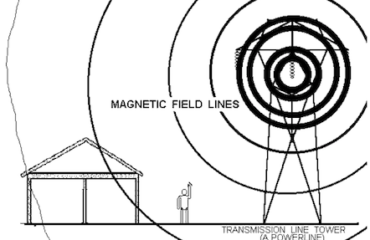
Sick Building Materials Smell Bad-
What if it’s too late and the building stinks?
At least once a week we get the following call…
“We were so careful to only allow healthy materials in our project. But we just moved in and it stinks! We’re worried the building materials smell bad. Can you come test for VOCs and formaldehyde so we can make our contractor fix the problem.”
Our response usually goes something like this…
“We are not attorneys and will not comment on the legal matter of making your contractor do anything. Yes, we could collect air samples and determine the concentrations of various VOCs in your building. However, without running lots of tests and controlling for many variables we would not be able to say for certain what the source of the smell is. Another alternative is to take bulk samples of your building materials (e.g., swath of carpet, cabinet door) and have them analyzed in a controlled test chamber at the lab. These testing fees can add up and it is extremely unusual for any contaminants to get anywhere near maximum allowable thresholds established by OSHA or NIOSH. Perhaps you should try increasing ventilation, encapsulating the offending materials, or using absorptive substances to reduce your exposure levels indoors. Last, but not least, it’s really too bad you didn’t hire us as green building consultants early in design.”
Sick building materials smell bad and can be harmful to occupant health.
Once an unhealthy building material is already in your building, what can you do?
In general these are the four best methods of odor control resulting from building materials or finishes:
1) Source Removal – Identify the source and get rid of it.
2) Increase Ventilation – Open windows/doors, or ramp up HRV or supply/exhaust mechanical air.
3) Encapsulation – use a non-toxic, low-VOC, wet-applied sealant to enclose the offending gases. The most famous product for this application in the MCS community is AFM Safe Seal. It’s formulated for limiting formaldehyde emissions from composite wood products. In actuality formaldehyde and other VOCs will still slowly escape the material and enter the occupied area of the building, but the release rate is so slow there is less likelihood of an acute exposure event. (Offending composite woods is a very common complaint.)
4) Adsorption and Absorption – some materials adsorb/absorb gases and odors and will actually reduce the amount of contaminants in the air. Activated carbon is the most famous in this arena. Activated carbon works well for petroleum-based gases, but other substances work better on different gases. Zeolite is good at targeting fragrances and ammonia-based gases (urine, paints, cleaners). Potassium permanganate is particularly good at removing formaldehyde and some other gases commonly found in fragrances, paints and cleaners. These three substances can be found in high-end HEPA filters too… so the HEPA filter removes particulates… and these substances help remove the gases.
We talk ourselves out of the work on more than half of these call and as a general rule we try to avoid projects headed toward a courtroom showdown.
If you care about how your building smells after construction – your best bet is to avoid all the above headache and hire a qualified green building consultant to work with your design-build team. The sooner the better. Dealing with unhealthy materials after construction is much more costly and burdensome compared to keeping them out in the first place!



